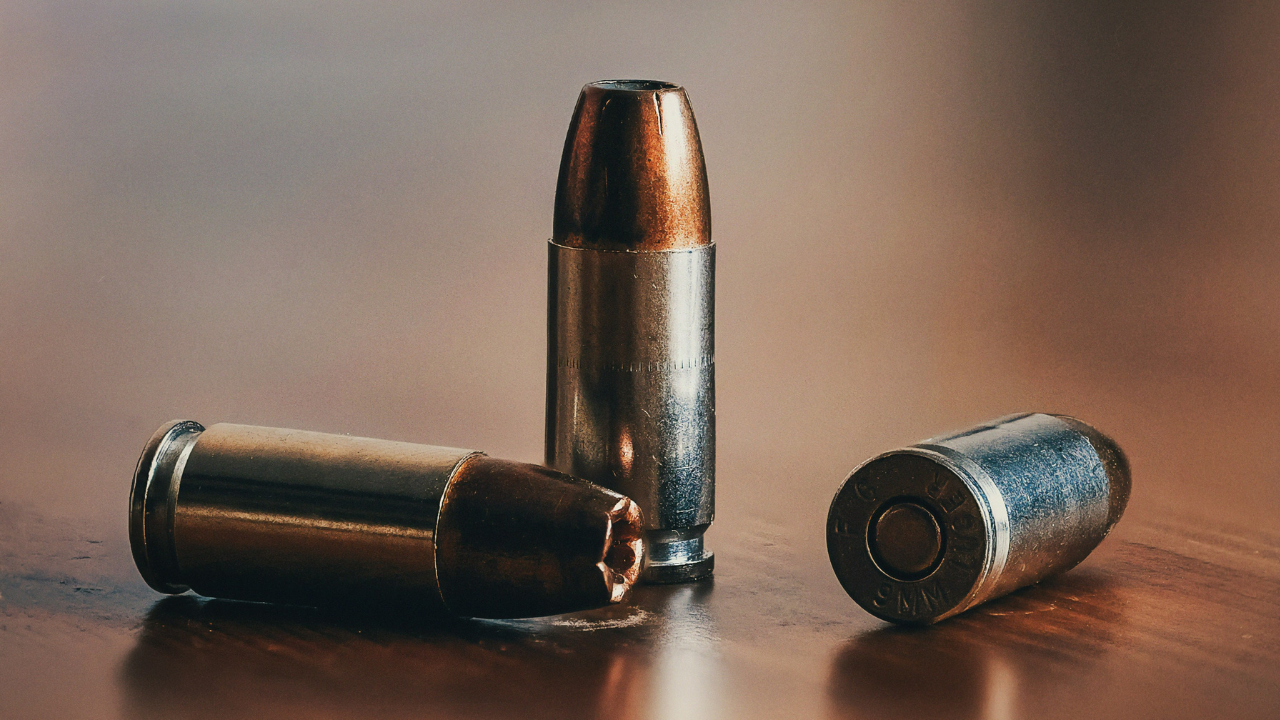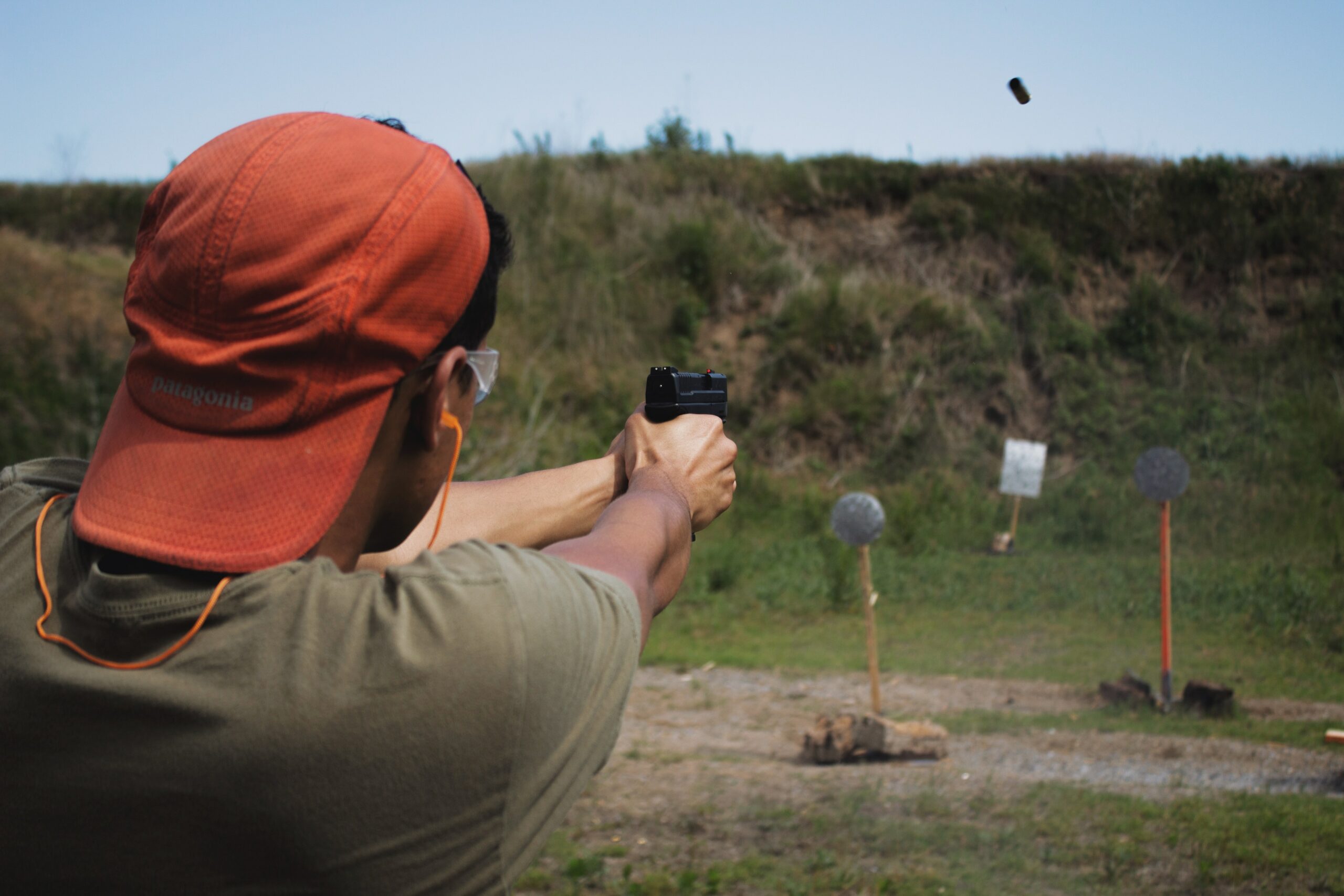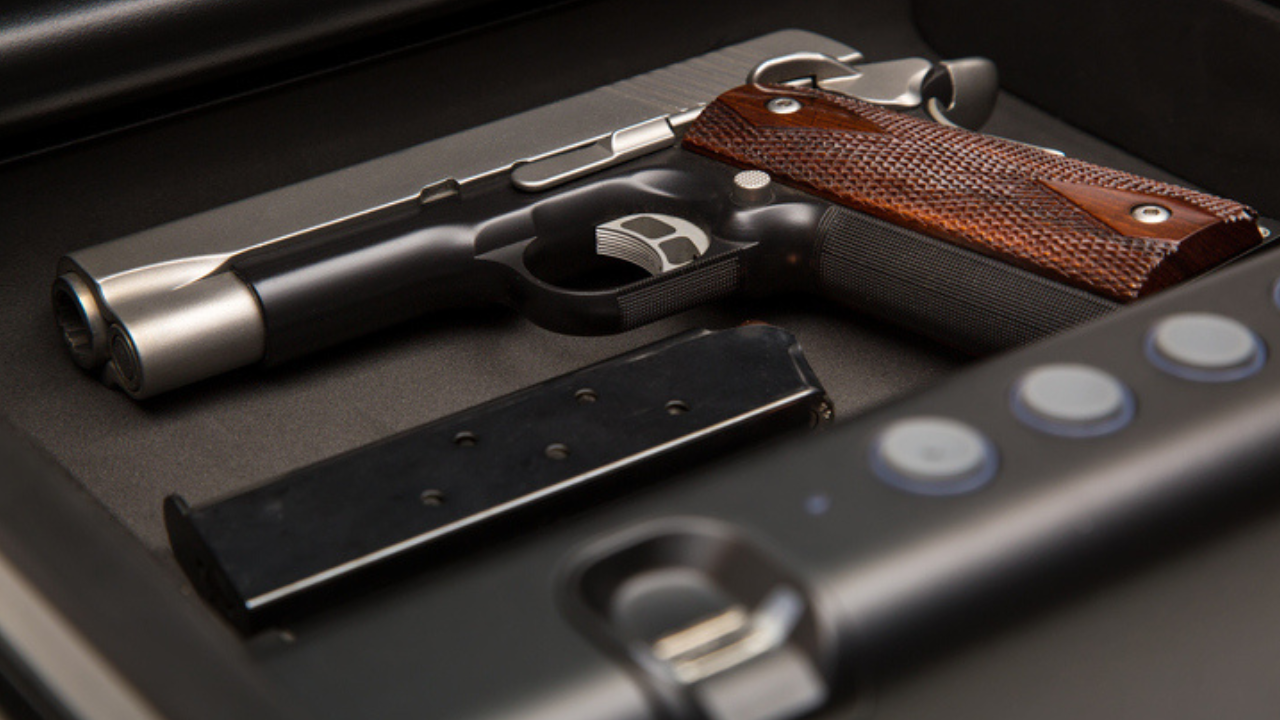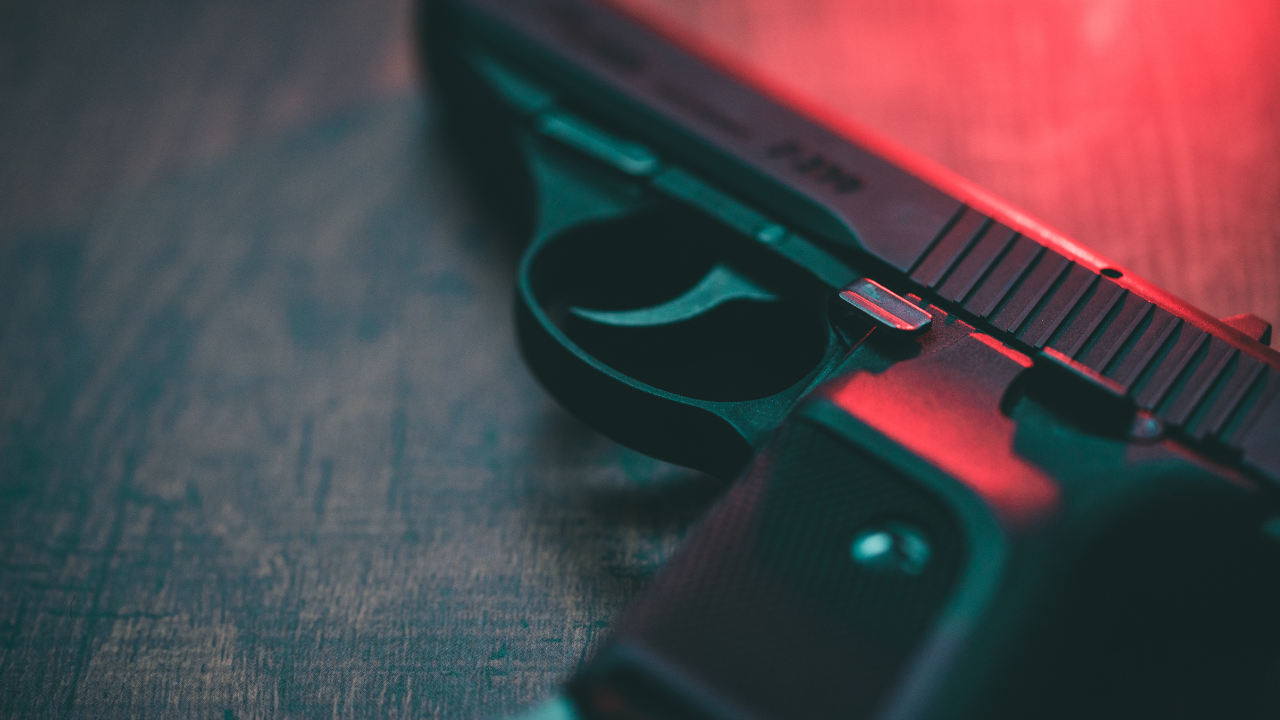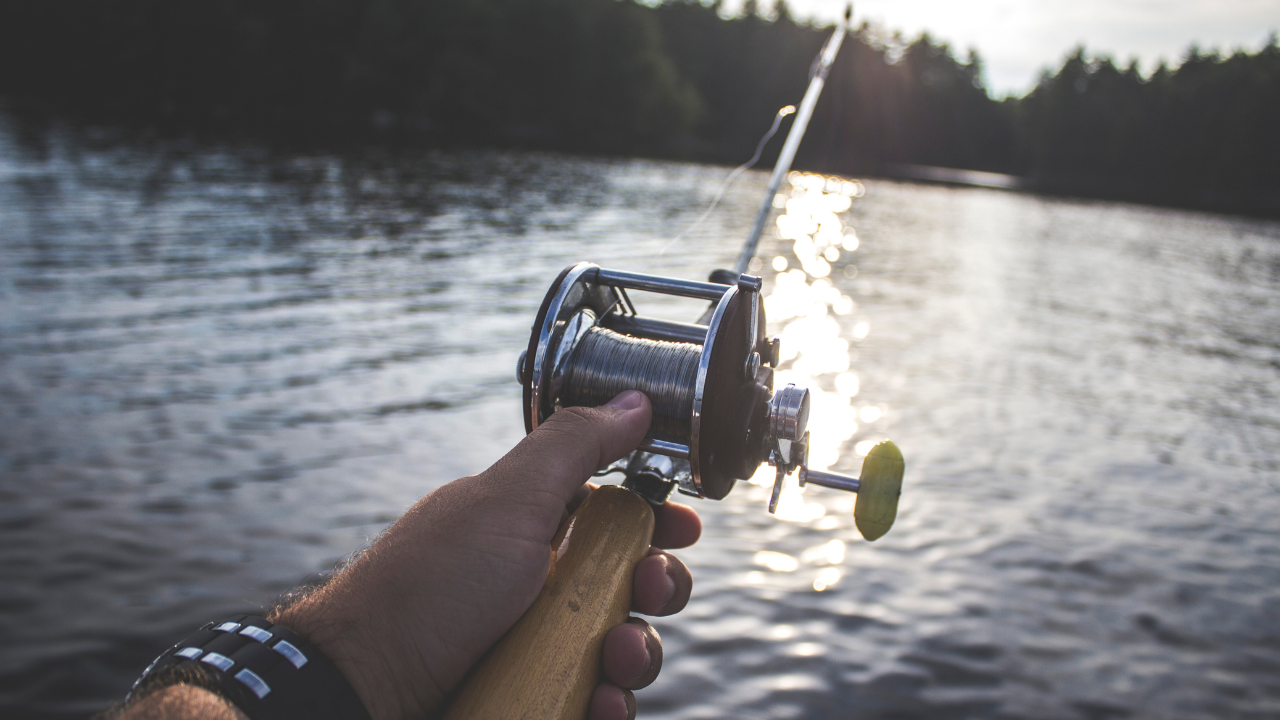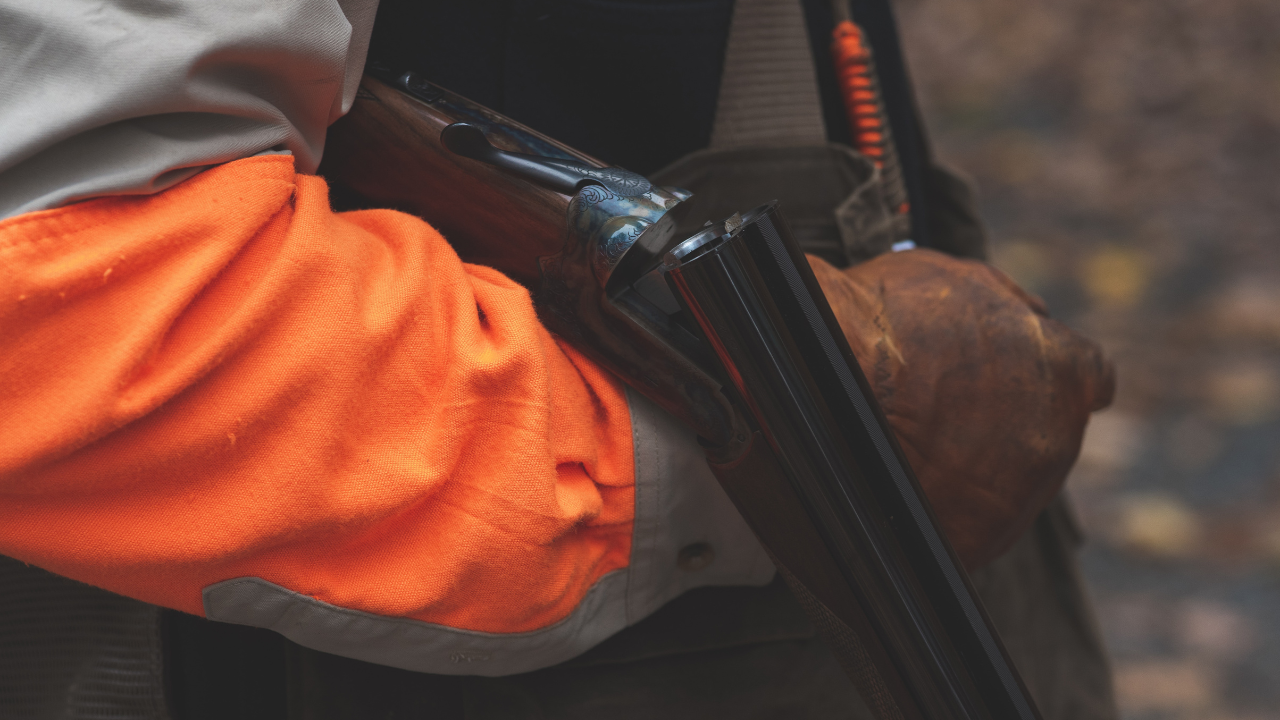Best Handgun Storage Safe in 2024
Ensuring Safety and Security with the Best Handgun Storage Safe in 2024
In an era where personal security is paramount, owning a handgun comes with responsibilities beyond marksmanship. Proper storage of firearms is essential not only for legal compliance but also for safeguarding against unauthorized access, accidents, and theft. Choosing the best handgun storage safe is a critical decision that demands meticulous consideration of various factors. In this comprehensive guide, we’ll delve into the intricacies of handgun safes, providing insights, tips, and recommendations to help you make an informed choice.
Understanding the Importance of Secure Handgun Storage
Protecting Loved Ones and Property
The significance of secure handgun storage cannot be overstated. Statistics reveal alarming instances of accidental shootings involving children who gain access to improperly stored firearms. Additionally, secure storage mitigates the risk of theft, preventing firearms from falling into the wrong hands and potentially being used for criminal activities.
Legal Compliance
Many jurisdictions mandate the safe storage of firearms to prevent unauthorized access. Failure to comply with these regulations may result in legal repercussions, emphasizing the importance of investing in a reliable handgun storage safe.
Factors to Consider When Choosing a Handgun Storage Safe
Security Features
Security is paramount when selecting a handgun storage safe. Look for safes equipped with robust locking mechanisms such as biometric scanners, electronic keypads, or combination locks. Additionally, consider safes constructed from durable materials such as steel, with pry-resistant features to deter unauthorized access.
Size and Capacity
The size of the safe should accommodate your specific needs, considering the number of handguns you intend to store, as well as any additional accessories such as ammunition or spare magazines. Opt for a safe with adjustable shelving or interior configurations to maximize storage flexibility.
Accessibility
While security is paramount, accessibility is also a crucial factor. Choose a safe that allows quick and convenient access to your firearms in emergency situations. Biometric safes offer rapid access with fingerprint recognition technology, while electronic keypads provide a balance between security and ease of use.
Portability
For those who travel frequently or wish to transport their firearms securely, portability is a key consideration. Look for safes that are compact and lightweight, with features such as carrying handles or mounting options for securing the safe in vehicles or temporary locations.
Fire Protection
In the event of a fire, a fire-resistant handgun storage safe can safeguard your firearms from damage. Look for safes with fire ratings indicating the duration and temperature thresholds they can withstand, providing peace of mind in unforeseen circumstances.
Top Picks for the Best Handgun Storage Safes in 2024
1. Vaultek VT20i Biometric Handgun Safe
- Security: Equipped with advanced biometric technology and tamper-proof construction.
- Accessibility: Offers rapid access with fingerprint recognition and Bluetooth connectivity for smartphone app control.
- Portability: Compact design with mounting options for versatile placement.
2. Fort Knox PB1 Handgun Safe
- Security: Heavy-duty steel construction with a simplex mechanical lock for reliable security.
- Size and Capacity: Spacious interior to accommodate multiple handguns and accessories.
- Fire Protection: Certified fire-resistant for added peace of mind.
3. Hornady RAPiD Safe Night Guard
- Security: Features RFID technology for quick access and tamper-proof construction.
- Accessibility: Offers multiple entry options including RFID tags, key fob, and keypad.
- Portability: Lightweight design with pre-drilled mounting holes for secure installation.
Conclusion: Prioritize Safety with the Best Handgun Storage Safe
Investing in the best handgun storage safe is a non-negotiable aspect of responsible firearm ownership. By prioritizing security, accessibility, and other essential features, you can ensure the safety of your loved ones and protect your firearms from unauthorized access and damage. Whether you opt for biometric, electronic, or mechanical locking mechanisms, make an informed decision based on your specific needs and preferences. Remember, when it comes to firearm safety, there’s no room for compromise.


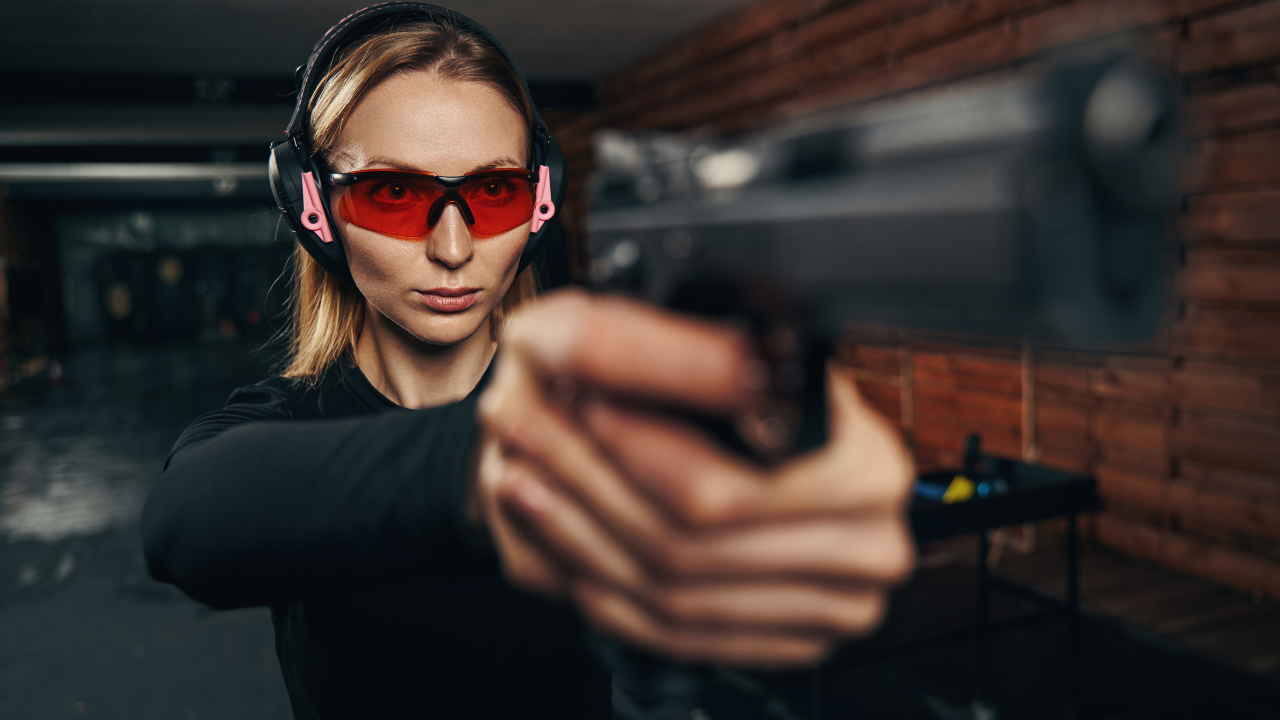
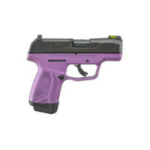
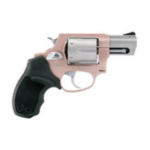
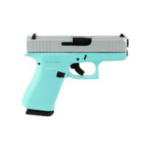

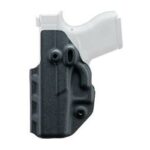 IWB Holsters: Comfortable Concealment
IWB Holsters: Comfortable Concealment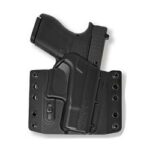 OWB Holsters: Quick Accessibility
OWB Holsters: Quick Accessibility Shoulder Holsters: Undercover Elegance
Shoulder Holsters: Undercover Elegance Appendix Holsters: Tactical Precision
Appendix Holsters: Tactical Precision